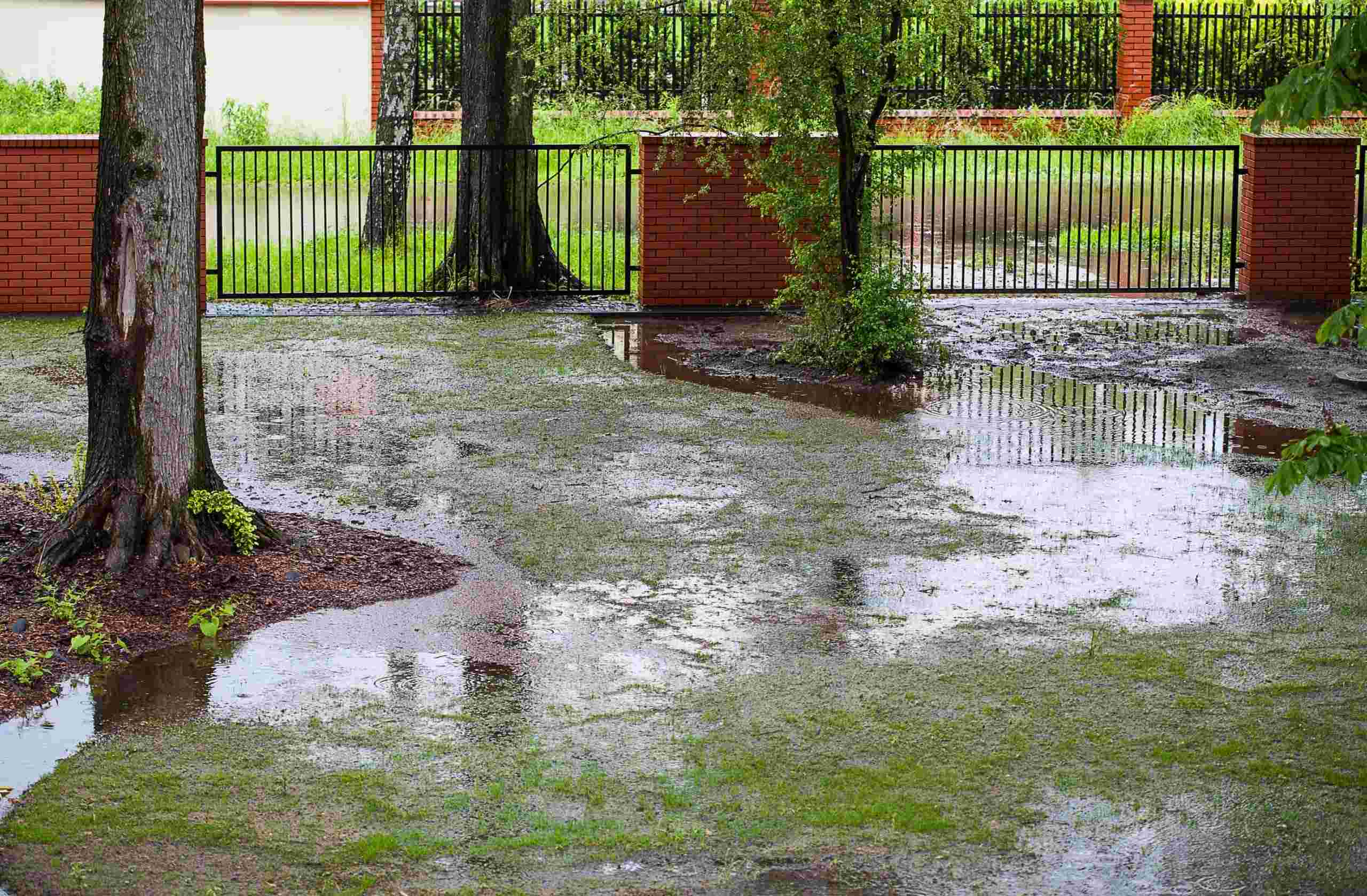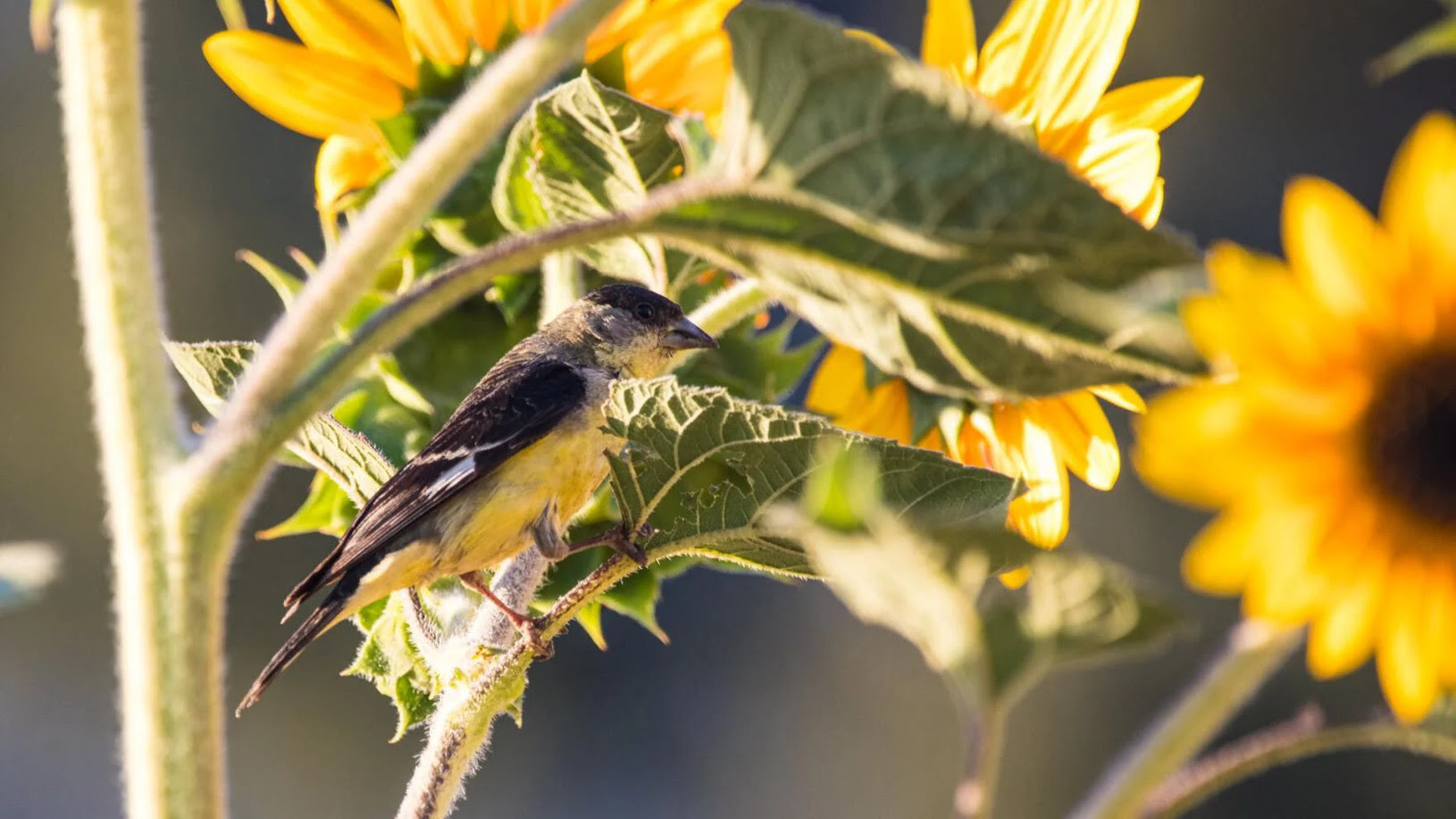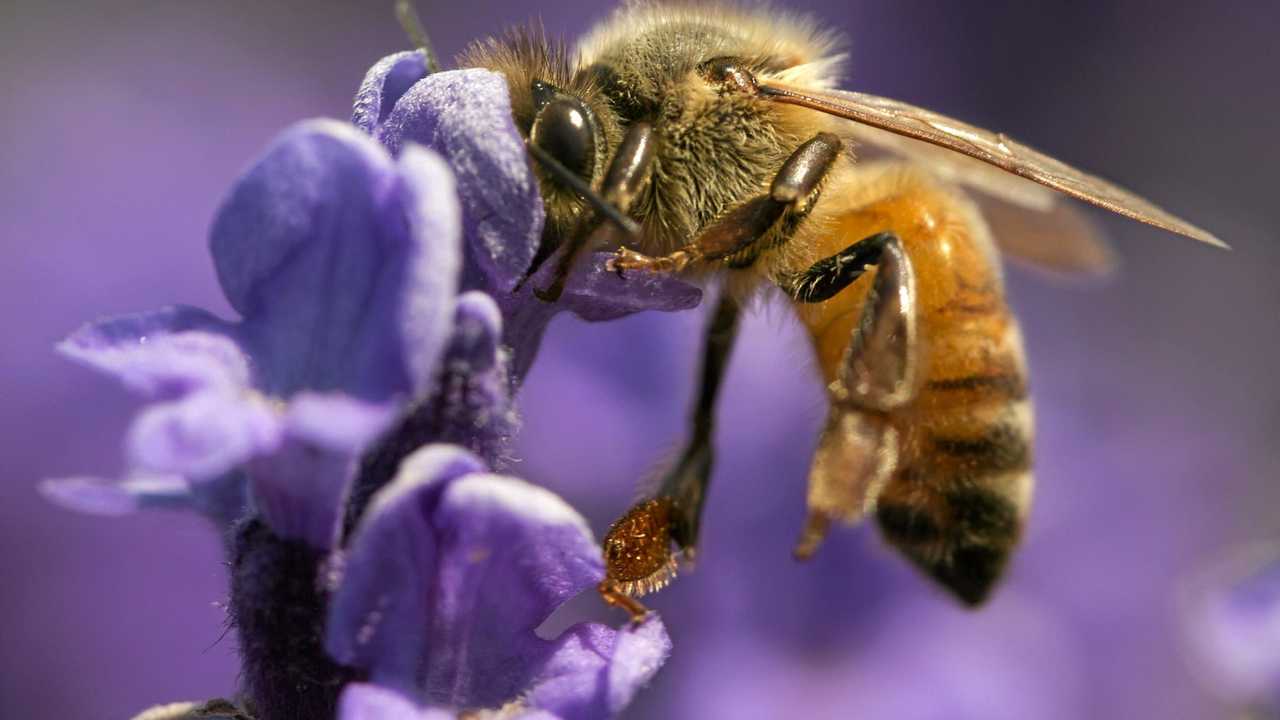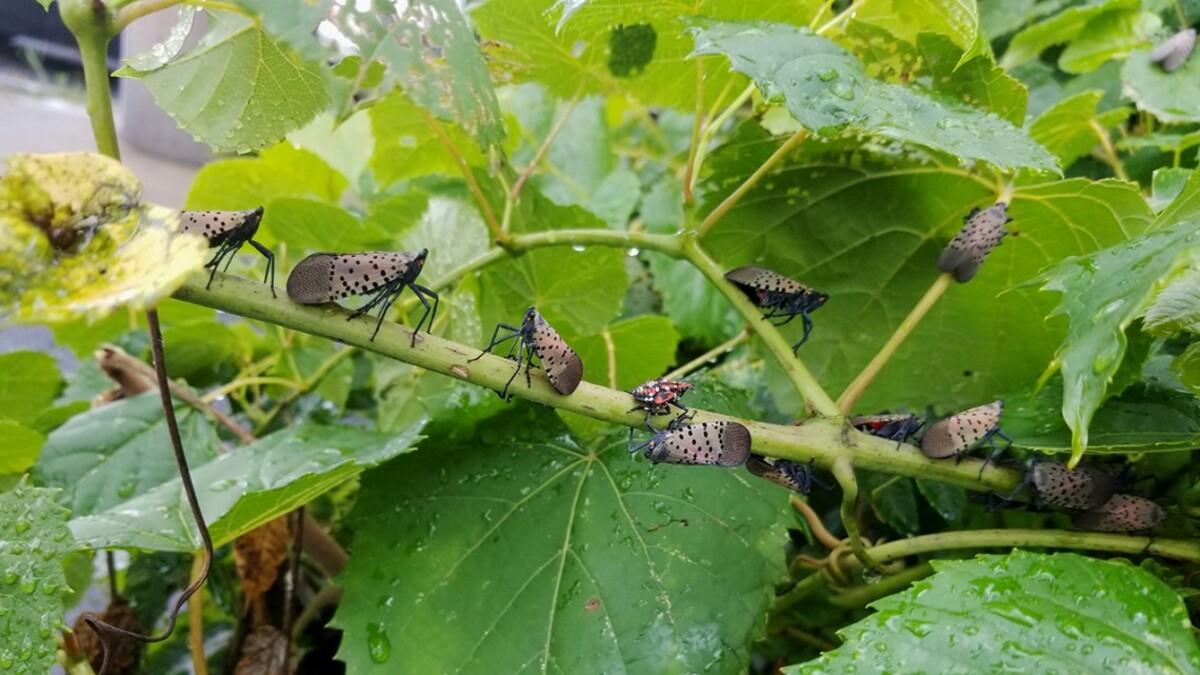Home>Types of Gardening>Ornamental Gardening>What Shrubs Like Wet Soil


Ornamental Gardening
What Shrubs Like Wet Soil
Modified: January 22, 2024
Discover what shrubs thrive in wet soil conditions and enhance your ornamental gardening with these moisture-loving plants.
(Many of the links in this article redirect to a specific reviewed product. Your purchase of these products through affiliate links helps to generate commission for Chicagolandgardening.com, at no extra cost. Learn more)
Table of Contents
Introduction
Welcome to the world of ornamental gardening! Whether you are an avid gardener or just starting out, understanding the needs of your plants is crucial for their success. One aspect of gardening that often presents challenges is dealing with wet soil. While many plants prefer well-drained soil, there are several shrubs that thrive in wet conditions.
When it comes to growing shrubs in wet soil, it’s important to understand the benefits and considerations associated with this gardening practice. By choosing the right shrubs and implementing proper care techniques, you can create a beautiful and thriving garden even in areas with consistently moist soil.
In this article, we will explore the benefits of planting shrubs in wet soil, considerations for selecting the right shrubs, and provide a list of top shrubs that are known to thrive in such conditions. Additionally, we will discuss the proper care and maintenance techniques to ensure the longevity and health of your wet-soil-loving shrubs.
So, if you have been struggling with a waterlogged garden and are looking for solutions, read on to discover how you can make the most of your wet soil and create a stunning ornamental garden.
Benefits of Planting Shrubs in Wet Soil
While wet soil can pose challenges for many plants, there are several benefits to consider when it comes to planting shrubs that thrive in these conditions. Understanding these benefits can help you make informed decisions about incorporating wet-soil-loving shrubs into your garden. Here are some key advantages to consider:
- Improved Moisture Retention: Wet soil naturally retains moisture for longer periods, making it ideal for shrubs that require a consistent water supply. These plants are well-suited to wet soil conditions as they can tolerate, and even benefit from, the higher moisture levels.
- Increased Biodiversity: Planting shrubs that are adapted to wet soil can help increase biodiversity in your garden. These plants provide habitats for various insects, birds, and other wildlife that are attracted to wet environments. By creating a wetland-like habitat, you can attract a wider range of species and contribute to the overall ecological balance.
- Natural Water Filtration: Shrubs that thrive in wet soil can play a crucial role in natural water filtration. Their extensive root systems help absorb excess nutrients and pollutants, preventing them from reaching water sources such as rivers and streams. This can contribute to the overall water quality of your local ecosystem.
- Reduced Erosion: Wet soil can be prone to erosion, especially in sloped areas. Planting wet-soil-loving shrubs can help stabilize the soil, reducing the risk of erosion. The deep-rooted nature of these plants helps anchor the soil, preventing it from being washed away during heavy rainfalls.
- Aesthetic Appeal: Many shrubs that thrive in wet soil are also visually appealing. From vibrant-flowering varieties to those with interesting foliage, these plants can add unique textures and colors to your garden. Additionally, the lush greenery and vibrant blooms can create a serene and inviting atmosphere in your outdoor space.
By understanding and harnessing these benefits, you can create a garden that not only thrives in wet soil conditions but also contributes to the overall health and beauty of your outdoor space.
Considerations for Choosing Shrubs for Wet Soil
When selecting shrubs for wet soil, it’s important to take certain considerations into account to ensure the successful establishment and growth of your plants. While wet soil can be advantageous for some shrubs, not all varieties are well-suited to these conditions. Here are some key factors to consider when choosing shrubs for wet soil:
- Tolerance to Waterlogged Conditions: Look for shrub species that have a natural tolerance to waterlogged or consistently wet soil. These plants are adapted to thrive in such conditions and are more likely to withstand the high moisture levels without succumbing to root rot or other moisture-related issues.
- Native or Indigenous Species: Consider selecting shrubs that are native or indigenous to your region. These plants have evolved to adapt to the specific environmental conditions of the area, including soil types and moisture levels. They are generally more resilient and have a better chance of thriving in wet soil compared to non-native species.
- Rooting System: Pay attention to the rooting system of the shrubs you choose. Look for plants with fibrous or extensive root systems as they can help absorb excess moisture from the soil and provide stability. Avoid shrubs with shallow or compact root systems that may struggle to tolerate wet soil conditions.
- Consider Growth Habits: Consider the growth habit and ultimate size of the shrubs you select. Some shrubs may grow tall and dense, which can create a barrier that prevents rainwater from reaching the soil, potentially leading to waterlogging. Opt for plants with a more open or upright growth habit that allows water to penetrate the soil more easily.
- Long-Term Maintenance: Assess the long-term maintenance requirements of the shrubs. While wet-soil-loving plants are generally more resilient, they may still require regular monitoring and maintenance to ensure optimal growth. Be prepared to provide supplemental watering during periods of drought or excessive heat to support the plant’s health.
By considering these factors and choosing shrubs that are well-suited to wet soil conditions, you can create a garden that is not only visually appealing but also thrives in the unique environment of consistently moist soil.
Top Shrubs That Thrive in Wet Soil
If you have wet soil in your garden and are looking for shrubs that can thrive in such conditions, you’re in luck! There are several beautiful and resilient shrubs that are well-suited to consistently moist soil. Here are some top choices to consider:
- Red Twig Dogwood (Cornus sericea): Known for its vibrant red stems in winter, the Red Twig Dogwood is a stunning shrub that thrives in wet soil. It features clusters of white flowers in spring and attractive green foliage throughout the summer months.
- Winterberry Holly (Ilex verticillata): A native shrub to North America, Winterberry Holly is famous for its bright red berries that persist throughout winter. It tolerates wet soil well and adds a pop of color to the landscape.
- Sweetbay Magnolia (Magnolia virginiana): This evergreen shrub features glossy leaves and fragrant, creamy-white flowers that bloom in summer. It is well-adapted to wet soil and can even tolerate occasional flooding.
- Buttonbush (Cephalanthus occidentalis): Aptly named for its unique spherical white flower clusters resembling buttons, the Buttonbush is a favorite for wet areas. Its nectar-rich flowers attract butterflies and other pollinators.
- Swamp Azalea (Rhododendron viscosum): A beautiful flowering shrub, Swamp Azalea produces clusters of fragrant white or pale pink flowers in late spring to early summer. It thrives in moist soil and adds elegance to any garden.
- Turtlehead (Chelone spp.): With its unique snapdragon-like flowers, Turtlehead adds a touch of charm to wet soil gardens. Its long-lasting blooms range in color from pink to white and provide nectar for butterflies and hummingbirds.
These are just a few examples of shrubs that can thrive in wet soil conditions. However, it’s essential to research the specific requirements and growing conditions of each shrub before making your selection to ensure they are suitable for your garden’s unique environment.
By incorporating these wet-soil-loving shrubs into your landscape, you can create a visually stunning and vibrant garden that thrives in less-than-ideal soil conditions.
Proper Care and Maintenance of Shrubs in Wet Soil
Caring for shrubs in wet soil requires attention to specific maintenance practices to ensure their health and longevity. While these shrubs are adapted to moist conditions, they still benefit from proper care. Here are some essential tips for maintaining shrubs in wet soil:
- Ensure Adequate Drainage: While wet soil is beneficial for these shrubs, it’s important to ensure proper drainage to prevent waterlogging. If the soil is excessively compact or clay-based, consider improving drainage by amending the soil with organic matter or creating raised beds.
- Watering: Although wet soil provides a continuous water supply, monitor the moisture levels to prevent overwatering. Only supplement watering during prolonged dry periods or when the soil becomes excessively dry.
- Mulching: Apply a layer of organic mulch around the base of the shrubs to help retain moisture, regulate soil temperature, and suppress weed growth. Avoid piling the mulch directly against the stems to prevent rot or fungal diseases.
- Weed Control: Regularly remove weeds around the shrubs to prevent competition for nutrients and moisture. Be cautious when weeding to avoid damaging the shallow roots of the shrubs.
- Fertilizing: While these shrubs generally don’t require heavy fertilization, a balanced slow-release fertilizer applied in spring can provide the necessary nutrients for healthy growth. Follow the product instructions and avoid over-fertilizing, as this can lead to excessive foliage growth and weak stems.
- Pruning: Prune shrubs in late winter or early spring while they are still dormant. Remove any dead, damaged, or crossing branches to improve airflow and maintain the overall shape of the shrub. Avoid pruning too heavily, as this can impact flowering and overall growth.
- Pest and Disease Control: Monitor the shrubs regularly for signs of pests or diseases. Early detection can help prevent infestations or mitigate the spread of diseases. Use organic pest control methods when possible to minimize chemical impact on the environment.
By following these care and maintenance practices, you can ensure that your shrubs in wet soil remain healthy and thrive in their unique environment. Regular monitoring, proper watering, and thoughtful pruning will help maintain the beauty and longevity of these ornamental plants.
Conclusion
Gardening in wet soil doesn’t have to be a challenge. By selecting the right shrubs and implementing proper care techniques, you can create a thriving and visually stunning ornamental garden even in consistently moist conditions. The benefits of planting shrubs in wet soil, such as improved moisture retention and increased biodiversity, make it a worthwhile endeavor.
When choosing shrubs for wet soil, consider their tolerance to waterlogged conditions, rooting systems, growth habits, and long-term maintenance requirements. Native or indigenous species that are well-adapted to your region’s environmental conditions are often the best choice.
Some top shrubs that thrive in wet soil include Red Twig Dogwood, Winterberry Holly, Sweetbay Magnolia, Buttonbush, Swamp Azalea, and Turtlehead. These plants not only tolerate moist conditions but also add beauty and charm to any landscape.
Proper care and maintenance of shrubs in wet soil include ensuring adequate drainage, monitoring watering needs, mulching, regular weeding, appropriate fertilizing, pruning, and keeping an eye out for pests and diseases. By following these practices, you can promote the health and longevity of your wet-soil-loving shrubs.
So, embrace the uniqueness of your wet soil and create a vibrant garden filled with resilient and beautiful shrubs. With the right choices and care, you can transform your garden into a thriving oasis that showcases the beauty and adaptability of ornamental plants in wet soil conditions.








